Chapter 3 How to Find the Right Products to Sell Online
Learn how to find trending products. Learn research techniques to identify profitable items for your online store using market insights and supplier networks.
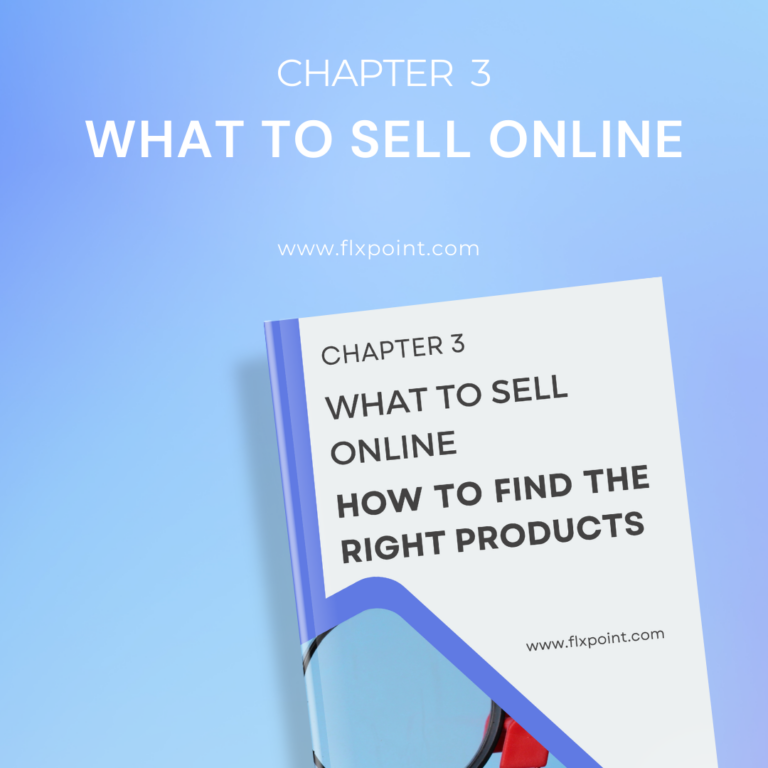
Introduction to Product Selection
Whichever product you choose will directly affect the sales, the customer satisfaction, and the brand reputation as well. The competition is fierce in dropshipping and one has to choose the right products to stand out in the crowd. This whole process of selection is known as product research as this helps you find trending products that will meet consumer demands.
Finding profitable products can be done by different strategies. You can start by analyzing market trends. Social media analytics will also help identify what’s popular and what is trending. Another way to identify is by niche research which will help you focus on a specific segment of the market. This can often reveal hidden gems that others overlook.
Product trends play a significant role in dropshipping success. By staying ahead of these trends, you can offer products that are in demand, giving you a competitive edge. With the right product selection strategy, including tools like Flxpoint for product sourcing, you can build a thriving dropshipping business.
Identifying Trending and Profitable Products
In dropshipping, success relies on how you stay ahead of the market trends. If you want to identify what consumers are interested in and where the demand is headed then you have to analyze the market trends closely. By analyzing we mean that you have to monitor industry reports, observing what is selling on major ecommerce platforms. You also get to keep an eye on the seasonal changes that may affect the buying behavior. You have to say informed so that you can ensure your product offerings are relevant and timely. This is very much important for driving sales.
Importance of Aligning Products with Consumer Demand
Selling products that people want ensures a steady flow of sales, reduces the risk of unsold inventory, and enhances customer satisfaction. Understanding your target audience and their preferences allows you to choose products that meet their needs, leading to repeat business and brand loyalty. This alignment between product offerings and consumer demand is a cornerstone of successful dropshipping.
Utilizing Trend Analysis Tools (Google Trends, Social Media)
- Google Trends – Use this tool to see what people are searching for online. It helps identify rising product trends and predicts future demand.
- Social Media – Platforms like Instagram, Facebook, and TikTok are excellent for spotting trending products. Monitor hashtags and influencers in your niche to see what’s gaining popularity.
- Competitor Analysis – Check what similar businesses are selling successfully. This can provide insights into products that are currently in demand.
- Flxpoint Product Sourcing – Leverage Flxpoint to find products that match the trends you’ve identified. It connects you with multiple suppliers, making it easier to source the right products.
Research Techniques to Discover High-Demand Products
The key strategy is to find products that generate profit and are in demand. Below, we have mentioned some effective research techniques and some of them are keyword research and competitive analysis. These methods will help in understanding the trending products and how they resonate with your target audience.
Keyword Research for Identifying Popular Products.
Keyword research is a fundamental technique in product research that helps identify what people are searching for online. By analyzing search volumes, you can pinpoint trending products that have high demand.
Start by using tools like
- Google Keyword Planner
- Ahrefs
- SEMrush
to explore keywords related to your niche. Look for keywords with high search volumes and low competition, as these indicate a strong interest in the product with less market saturation.
For instance, if you’re in the fitness niche, searching for terms like “best home workout equipment” or “yoga accessories” can reveal what consumers are actively looking for. Additionally, consider using long-tail keywords, which are more specific and often indicate a consumer’s intent to purchase. This method not only helps in finding profitable products but also in optimizing your store’s SEO, attracting more organic traffic.
Competitor Analysis for Market Insights.
- Identify Top Competitors – Start by identifying your main competitors in your niche. Visit their websites and take note of the products they promote most heavily.
- Analyze Best-Selling Products – Look at the products that are frequently promoted or marked as “best sellers” on their sites. This can give you insight into what is currently trending.
- Study Pricing and Offers – Pay attention to their pricing strategies, promotions, and customer reviews. This information can help you position your products more effectively in the market.
Exploring Niche Forums and Communities for Product Ideas.
- Join Relevant Forums – Participate in forums related to your niche (e.g., Reddit, Quora) to see what products people are discussing or recommending.
- Monitor Discussions – Keep an eye on recurring questions or problems that could be solved by a specific product. This could be a potential niche for your dropshipping store.
- Engage with the Community – Ask questions or start discussions to gather direct feedback from potential customers. This interaction can provide you with unique product ideas that are not yet saturated in the market.
Leveraging Online Marketplaces (Amazon, Ebay) for Research.
- Browse Best-Seller Lists – Check out the best-seller lists on Amazon and eBay to see what products are currently popular among buyers.
- Read Customer Reviews – Look at product reviews to understand customer needs, preferences, and any issues with current products on the market.
- Track Product Trends – Use tools like Jungle Scout for Amazon to track the sales performance of specific products over time. This data can help you identify consistent best-sellers or seasonal products that could be profitable for your store.
Testing Product Viability Using Market Research Tools
Testing product viability is crucial in ensuring that your chosen items will sell well. Market research tools help you assess demand, competition, and profitability. By analyzing data, you can make informed decisions about which products to offer in your dropshipping store.
Importance Of Testing Before Committing to a Product.
Testing helps you avoid investing time and resources in products that might not sell well. It allows you to gauge market demand, understand customer preferences, and identify potential challenges. By thoroughly testing, you reduce the risk of holding onto unsellable inventory and increase your chances of success. In the competitive world of dropshipping, making informed decisions about product offerings is essential to maintaining profitability and growth.
Overview of Market Research Tools (Google Analytics, SEMrush).
Google Analytics provides insights into customer behavior and trends, helping you identify high-demand products. SEMrush offers competitive analysis, keyword research, and market trends to find profitable products. These tools are essential in your product research process, guiding you toward trending products and optimal product choices. Using Flxpoint product sourcing, you can seamlessly integrate these insights to connect with multiple suppliers for the right products.
Methods for Validating Product Demand and Profitability.
Keyword Research – Use tools like SEMrush to discover what products people are searching for and how frequently.
Competitor Analysis – Examine what successful competitors are selling and how their products are performing.
Social Media Trends – Monitor platforms like Instagram and Pinterest to see what products are gaining popularity.
Pre-Order Campaigns – Offer pre-orders to test demand before fully committing to stocking a product.
Customer Feedback Surveys – Gather opinions directly from your target audience to understand their needs and preferences.
Using Flxpoint to Connect with Multiple Suppliers
Flxpoint is a dropshipping platform that offers data integration and workflow automation. It is designed to streamline and optimize the process of sourcing products for your dropshipping business. To build your business efficiently, Flxpoint offers varied tools and features to make it easier for the businesses to find, list, and sell trending and profitable products.
Flxpoint Features
- Centralized Supplier Management – Flxpoint allows you to connect with and manage multiple suppliers from a single dashboard, simplifying the process of finding profitable products.
- Automated Product Syncing – The platform automatically syncs product data, such as inventory levels, pricing, and descriptions, ensuring that your store always has up-to-date information.
- Order Routing and Fulfillment – Flxpoint automates order routing to the appropriate supplier, reducing the time and effort required to manage orders from different sources.
- Custom Catalog Creation – Create and manage a custom product catalog by selecting items from various suppliers that align with your niche and target market.
- Data Mapping and Transformation – Flxpoint allows you to standardize and map product data from different suppliers, ensuring consistency across your store.
How Flxpoint Simplifies Supplier Connections.
One of the most significant challenges in dropshipping is managing relationships with multiple suppliers. Flxpoint simplifies this by providing an integrated platform where you can connect with suppliers, view their product catalogs, and add products directly to your store. Instead of manually coordinating with each supplier, Flxpoint automates much of the process, allowing you to focus on other aspects of your business.
For instance, Flxpoint’s automated inventory management ensures that your store is always stocked with the latest products, reducing the risk of selling out-of-stock items. The platform also handles order processing by automatically routing orders to the correct supplier based on factors like location, inventory availability, and shipping times. This automation not only saves time but also minimizes errors, leading to a smoother customer experience.
Accessing a Wide Range of Products Through Flxpoint.
- Diverse Supplier Network – Flxpoint connects you with a vast network of suppliers, giving you access to a wide variety of products across different categories.
- Flexible Product Sourcing – You can easily browse and select products that fit your niche, whether you’re looking for trending products or evergreen items.
- Real-Time Product Updates – Flxpoint keeps your inventory updated in real-time, so you always have accurate information on product availability and pricing.
Conclusion
Choosing the right products can significantly impact your success. By focusing on product research and identifying trending products, you can stay ahead of market demands. Utilize tools and techniques like market research tools, competitor analysis, and niche forums to ensure you’re finding profitable products. Remember, testing product viability before fully committing is key to minimizing risks. Finally, consider using Flxpoint product sourcing to connect with multiple suppliers and expand your product offerings seamlessly. Leveraging Flxpoint can simplify and enhance your sourcing process, helping you build a successful dropshipping business.
Guide Chapters
- Chapter 1: Introduction to Modern Dropshipping
- Chapter 2: Forming Your Dropship Business
- Chapter 3: What to Sell Online - How to Find the Right Products
- Chapter 4: Product Sourcing and Supplier Integration
- Chapter 5: Inventory Management for Dropshipping
- Chapter 6: Dropship Pricing Strategies
- Chapter 7: Fulfillment and Automation for Scaling
- Chapter 8: Hybrid Dropshipping - Combining Wholesale & Dropshipping
- Chapter 9: Avoiding Dropshipping Scams
- Chapter 10: Integration of Advanced Technologies - EDI & API
- Chapter 11: Leveraging Data for Better Decision Making
- Chapter 12: Automating Your Workflow for Maximum Efficiency
- Chapter 13: Managing Multi-Channel Sales and Integration
- Chapter 14: Expanding and Scaling Your Dropshipping Business
- Chapter 15: Troubleshooting Dropshipping Challenges with Advanced Tools
- Chapter 16: The Future of Dropshipping with Technology
All Chapters in This Guide
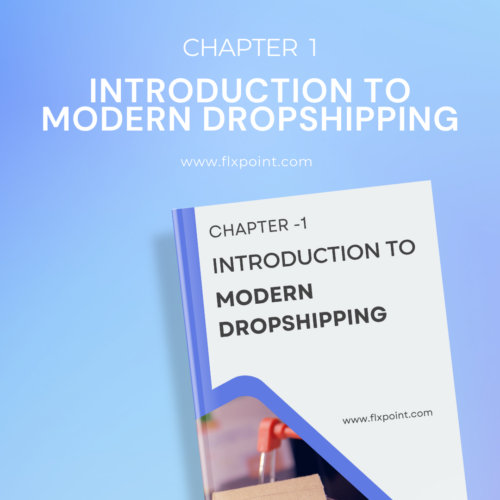
Unpack the evolution of dropshipping and why it’s still one of the most effective ecommerce models. Learn how the modern approach is different from outdated methods, what’s fueling its explosive growth, and what it takes to succeed in today’s competitive market.
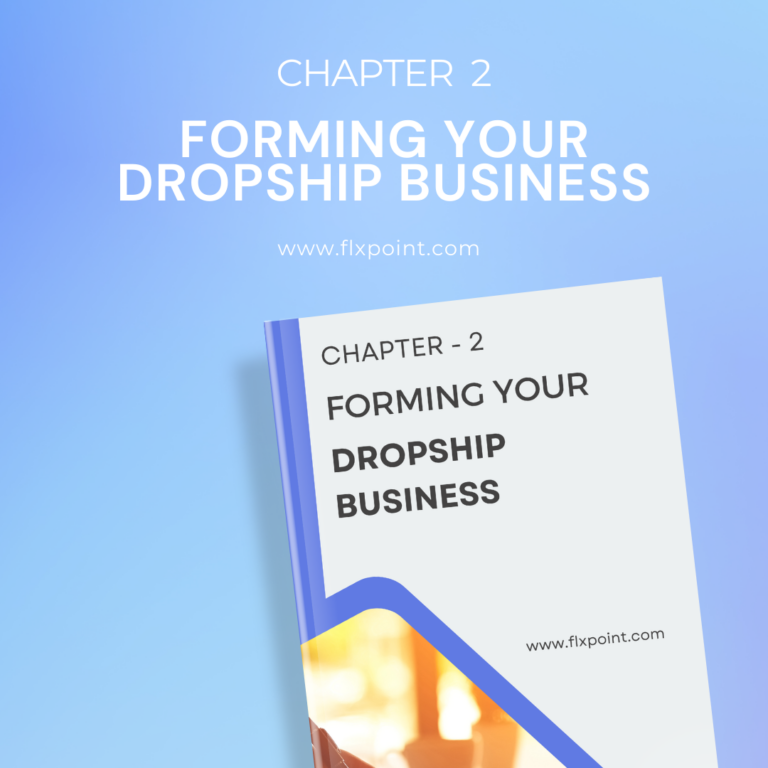
Get step-by-step guidance on building a strong foundation. From choosing your niche and validating your business idea to setting up your brand and making it legit—this chapter gives you the tools to confidently launch with clarity and purpose.
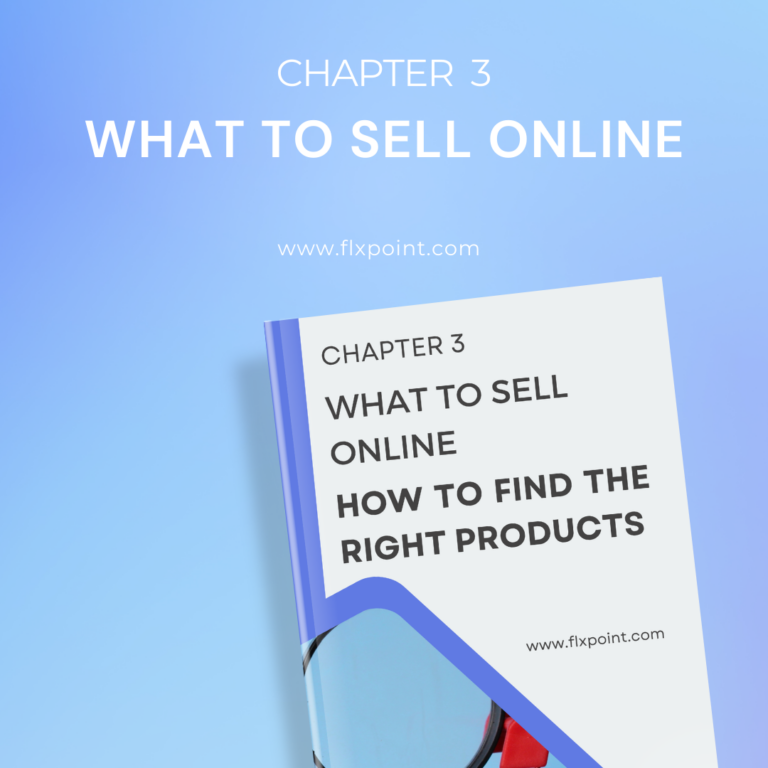
Struggling with product selection? Discover how to find winning products that sell. We cover techniques for identifying trends, analyzing competition, using supplier insights, and narrowing down product ideas that fit your niche and audience.
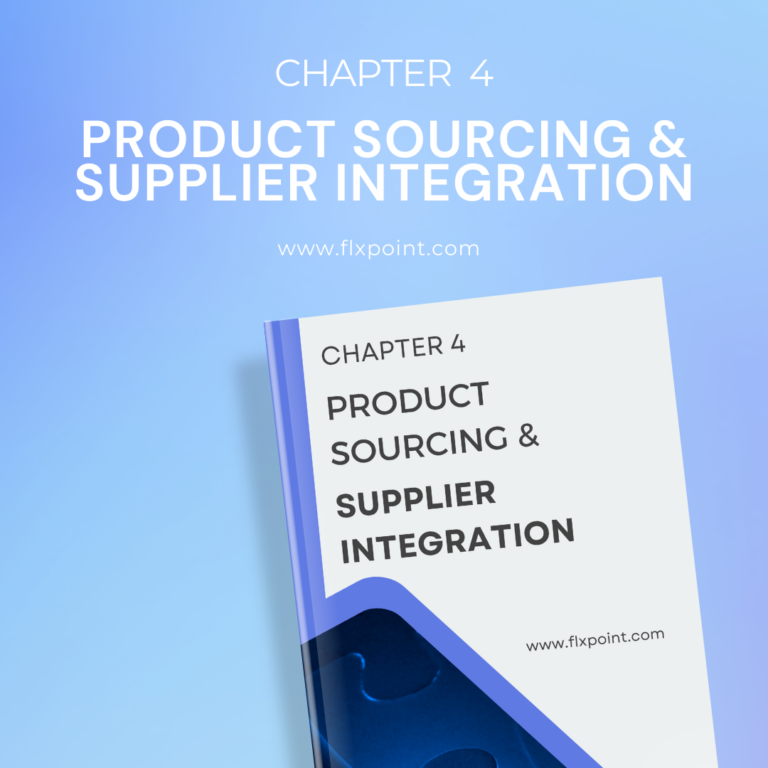
Not all suppliers are created equal. This chapter shows you how to source high-quality products and onboard suppliers the smart way. Learn how to vet vendors, avoid bad partnerships, and set up seamless integrations that keep your fulfillment running like clockwork.

Say goodbye to stockouts and overselling. Learn how to keep your inventory accurate and your customers happy with real-time updates, smart syncing, and automated stock management across all your channels and vendors.
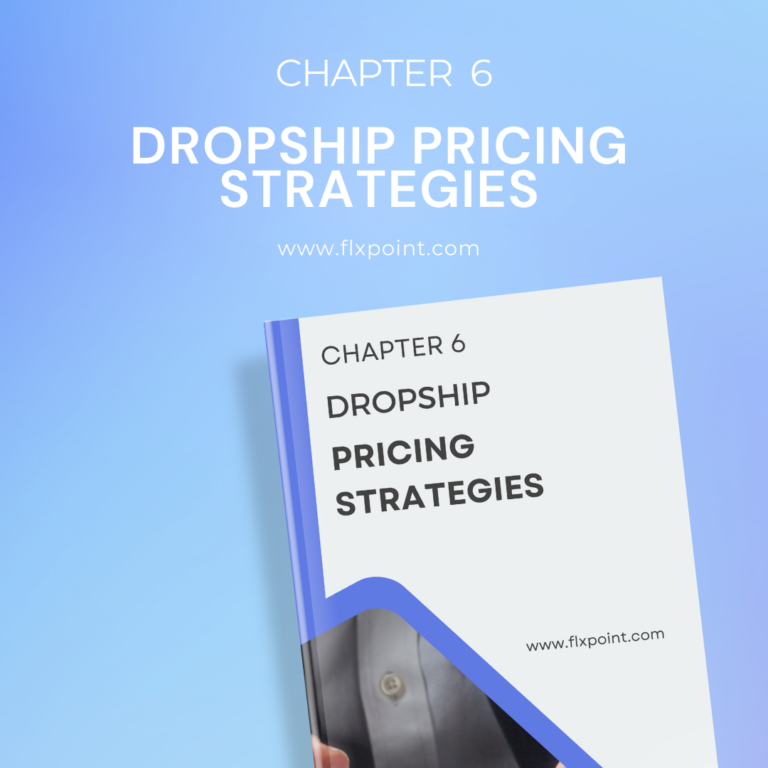
Pricing isn’t just numbers—it’s strategy. Dive into methods like cost-plus, value-based, and psychological pricing to find the sweet spot between profitability and competitiveness. You'll also learn how to handle MAP policies and dynamic pricing changes.

Manual processes holding you back? Discover how to automate your order routing, fulfillment, and vendor communication. Whether you’re dropshipping from a single source or juggling multiple suppliers, we’ll show you how to build a fulfillment engine that scales effortlessly.

The best of both worlds. Learn how to blend dropshipping with traditional wholesale to create a hybrid fulfillment model. Diversify your supply chain, increase margins, and reduce risk—all while maintaining flexibility and speed.
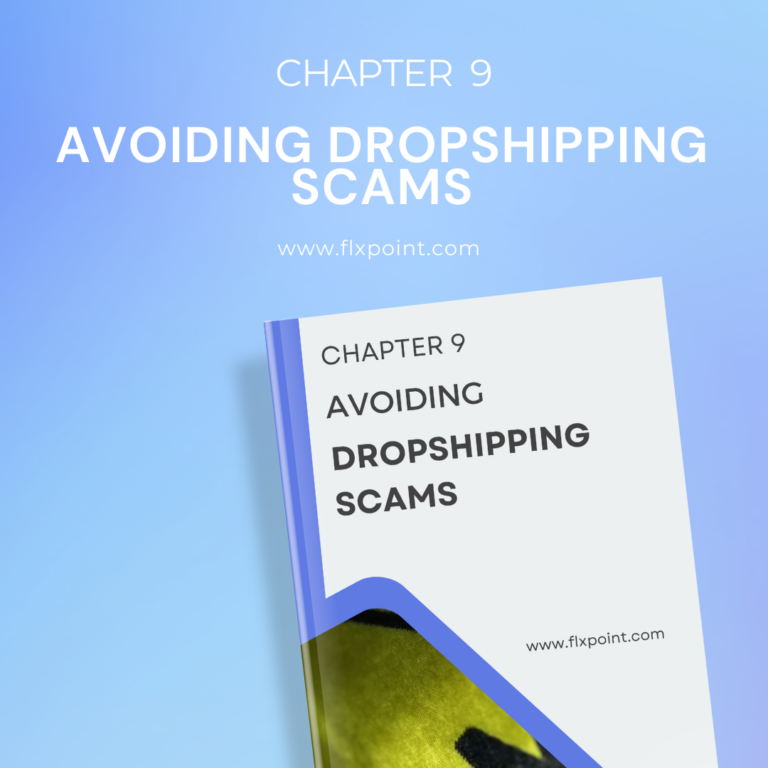
Protect your business (and your sanity). This chapter highlights red flags to watch for when sourcing suppliers, how to avoid fake vendors, and what to do if something seems off. Learn to build a trustworthy and secure supply chain from day one.

Tech made simple. Understand how using EDI and API integrations can automate communication with suppliers, speed up order processing, and reduce costly errors. Whether you're tech-savvy or not, this chapter makes complex systems feel doable.

Smart businesses run on data. Learn how to track key ecommerce metrics, monitor supplier performance, and analyze product performance to make confident, data-driven decisions that boost sales and efficiency.

Unlock time-saving workflows that work while you sleep. This chapter breaks down how to automate inventory syncing, order routing, vendor communication, and customer updates to run your business like a well-oiled machine.

Ready to expand beyond one platform? Learn how to integrate and manage listings, inventory, and orders across multiple sales channels—like Shopify, BigCommerce, Amazon, Walmart, and more—without doubling your workload or making costly mistakes.

When it’s time to grow, this chapter shows you how. From onboarding new suppliers and expanding product lines to optimizing your tech stack and improving operations, get a roadmap for scaling sustainably and profitably.
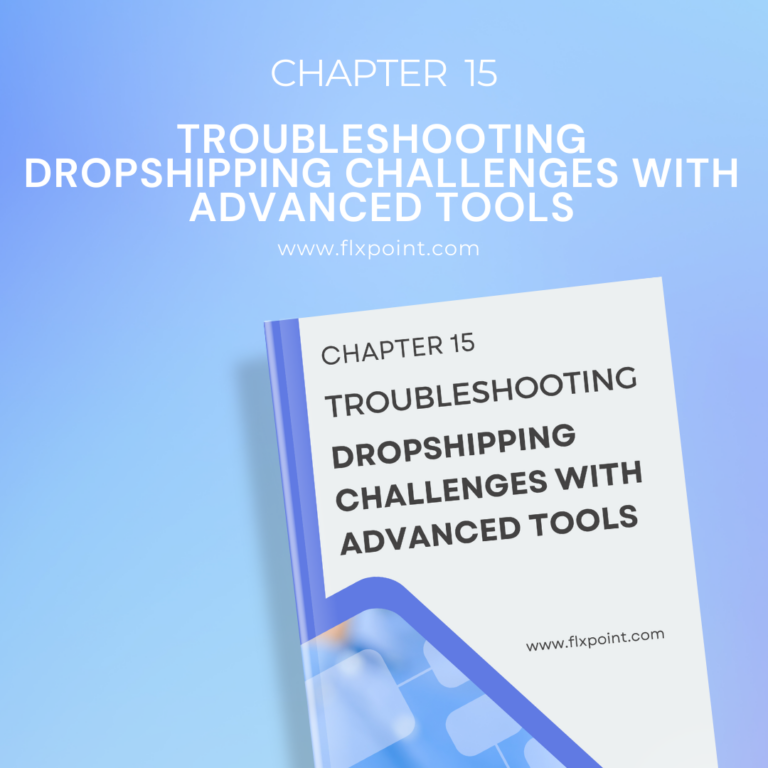
Every business runs into roadblocks—what matters is how you respond. Learn how to tackle issues like supplier delays, low inventory, and customer service hiccups using smart tools, real-time alerts, and proactive troubleshooting strategies.

What’s next for dropshipping? Explore emerging trends like AI-powered automation, predictive inventory, autonomous fulfillment, and more. Stay ahead of the curve and future-proof your business with the latest innovations.
Kenneth Cole's Smart Savings With Shopify EDI Connections
"They had never used Flxpoint before. But working with [the Flxpoint] team, they learned it and we're about to onboard our newest footwear partner, and you know that's big business for us.”
Mitul PatelKenneth Cole


How Flxpoint Helped Rifle Supply Automate & Grow
“I went line by line… whatever the inventory number was and cost value was, I calculated it and was blown away by how much that was worth— $300 million worth of product that I added to our web store.”
Chris MekdaraRifle Supply


The Ecommerce Automation Behind Screen Skinz
"Automation is the key to maximizing your volume. [Flxpoint] comes right into our flow — everything's automated. We want it to be quick and efficient. So that's what we love about Flxpoint."
Shaun Brown & Clay CanningScreenSkinz


How Inhaven Transformed Vendor Management with Flxpoint
"We ended up switching to Flxpoint, and it has been a much smoother process. Where it took us six months to get onboarded with the other company, we were up and running in a week or two with Flxpoint."
Ashley ChingInhaven


How Black Patch Performance Scaled Smarter with Flxpoint
"The only way to actually scale was to go through Flxpoint… You can’t even come close to hiring someone to do what Flxpoint does for the price."
Jonathan WilliamsBlack Patch Performance


